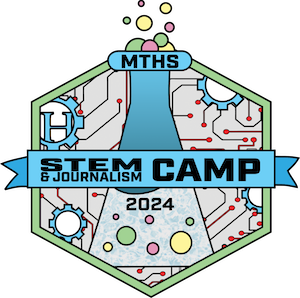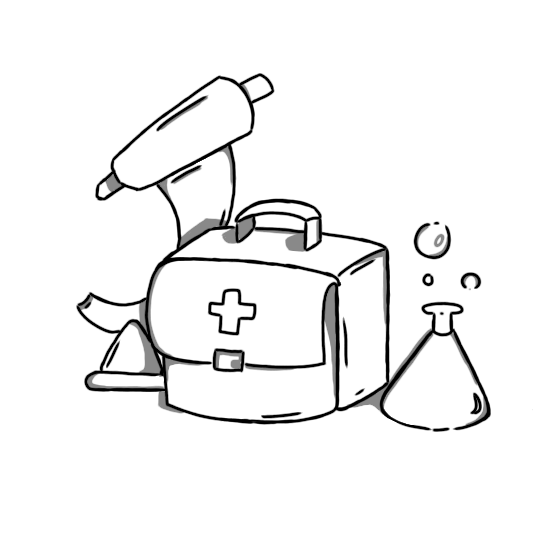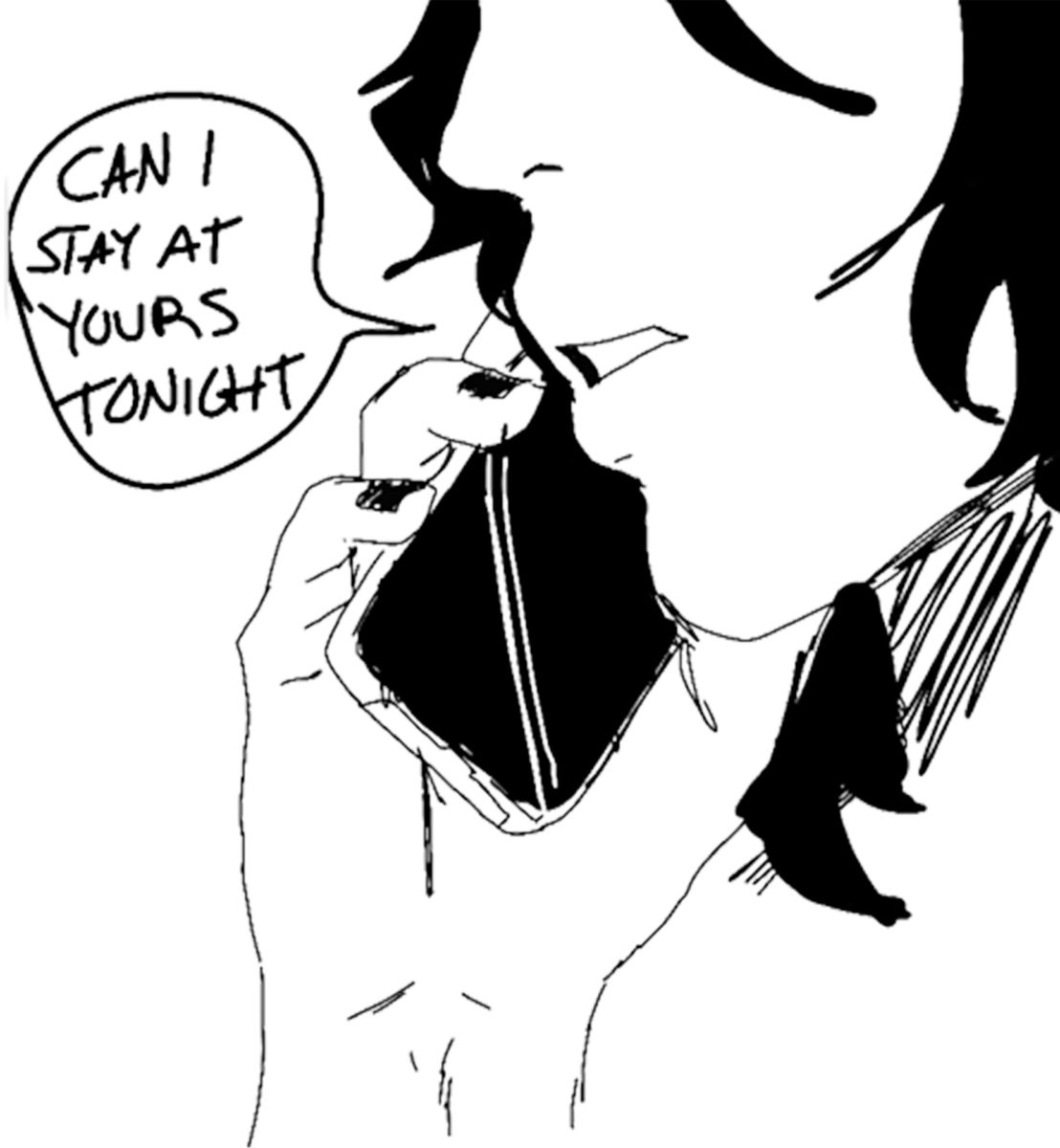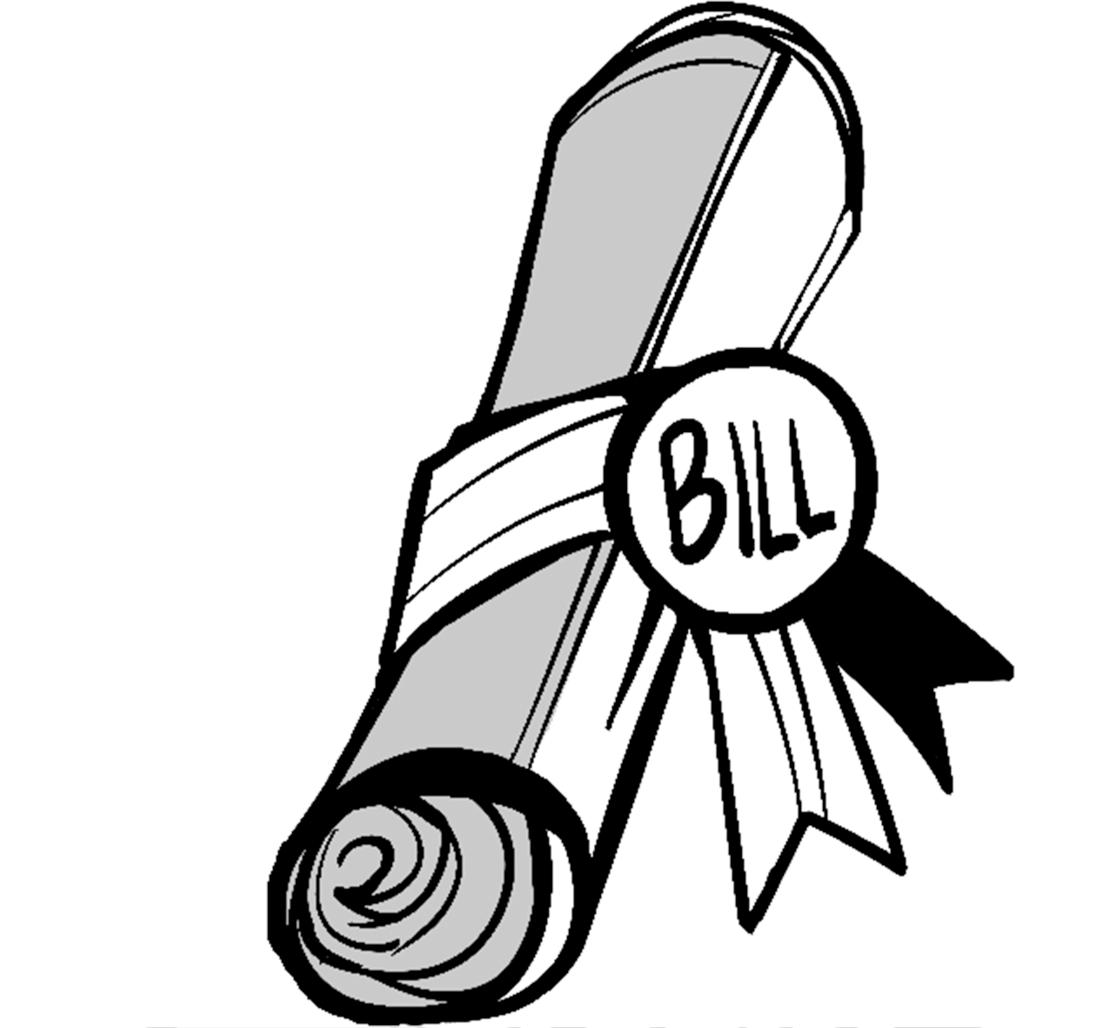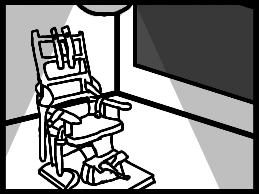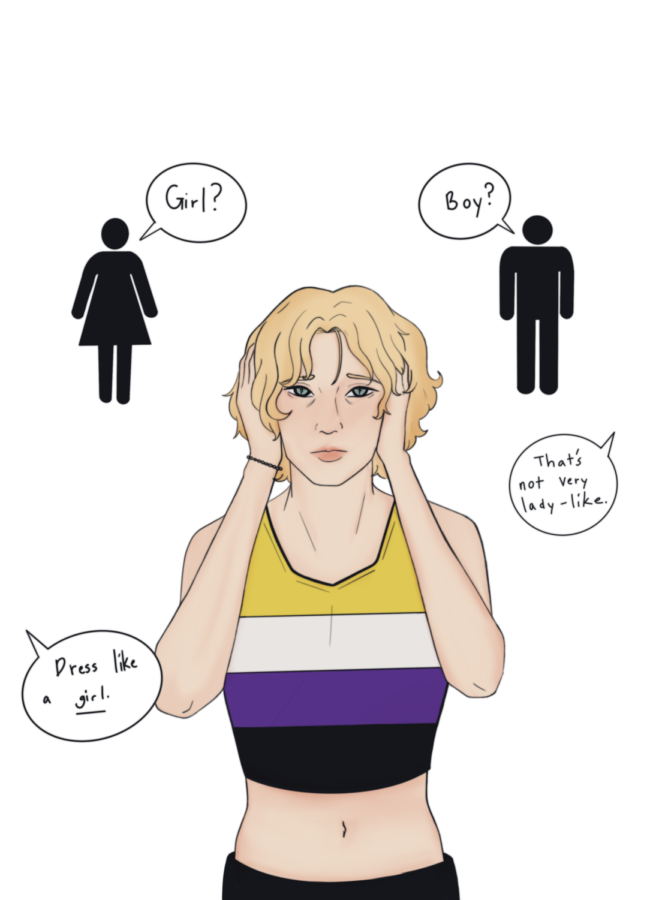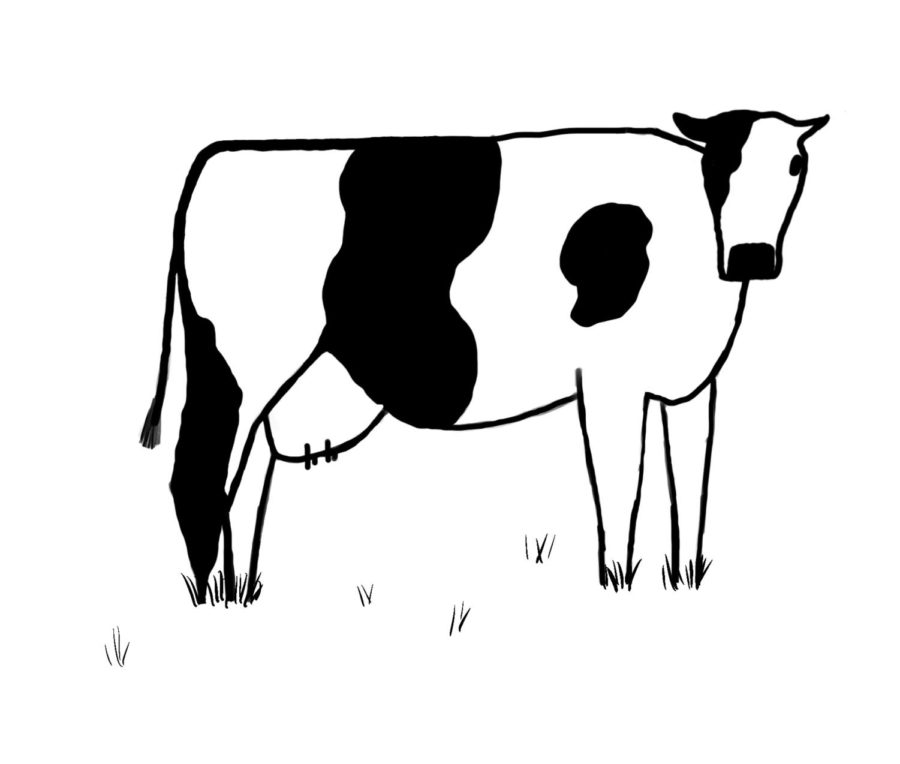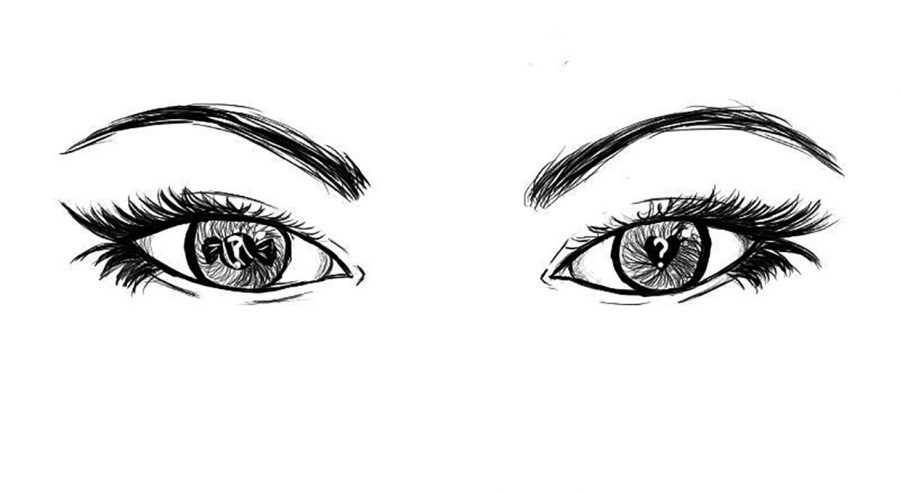By Joy Gardner
Opinion Editor
Ever feel like you need that coffee pick me up? Next time you feel a craving coming up, you may want to reconsider.
Coffee is everywhere, grown in about 70 different countries. According to Wikipedia, “un-roasted coffee is one of the most traded agricultural commodities in the world”.
Coffee contains caffeine, which “is a drug that is naturally produced in the leaves and seeds of many plants” –kidshealth.com. Caffeine can have a stimulating effect on humans and is highly addicting.
Caffeine usually gives results of more energy because caffeine stimulates the central nervous system, creating increased alertness.
According to Livestrong.com “A dependence on caffeine could lead to other health problems. It is a diuretic, which means it could cause dehydration”. Osteoporosis can be caused by calcium loss, which caffeine has been shown to contribute to.
Coffee can have a very negative affect on teens, especially when consumed close to bedtime. Sleep is extremely important for teens and adolescents because it is the time where the body grows and heals itself.
The consumption of cafeinated coffee can interrupt a person’s sleep, which can be very bad.
Over the years, coffee has become the sort of “cool society trend” that is very appealing to teenagers. Teens usually lean towards flavored coffee rather than black, plain coffee. Flavored coffee usually contains a lot of sugar and fat, which results in a high number of calories.
Too many “empty calories” such as fat and sugar can have negative health consequences when too much is consumed.
The USDA recommends Caloric intake between 1,600-2,800 for teens depending on sex and daily activity. If you are on a diet of 1,600 Calories you should limit yourself to 22 grams of sugar a day. If on a diet of 2,800
Calories you should try to consume around 66 grams of sugar a day. A popular drink at Starbucks is the Caramel Frappuccino. A Grande (the medium size) contains 64 grams of sugar.
A Grande Caramel Frappuccino contains more sugar alone than most students need in an entire day. In fact, 64 grams of sugar is close to the maximum amount of sugar recommended for the highest Calorie diet.
Many coffee drinks are extremely high in calories for a beverage. They should not be consumed in large amounts or regularly.
Luckily at Starbucks, they have a line of Light drinks, which contain less calories, sugar, and fat. Coffee can be safe when consumed in a healthy amount and sparingly.
A person can make healthy choices when it comes to coffee. They can consume coffee in moderation, avoiding the high calorie choices, or only occasionally indulging in a coffee treat.
However the choices don’t end at simply cutting down. Coffee can also come without caffeine, known as decaf.
Having decaf coffee versus caffeinated coffee can eliminate many of the harmful effects of excessive caffeine.
Though there are many harmful effects from coffee, there are a few benefits.
When consumed in moderate amounts, “Coffee is a source of antioxidants, which fight cellular damage that could result in the development of cancer and heart disease,” stated livestrong.com.
Drinking just one cup a day can protect a teen’s health at the same time as providing an enjoyable beverage.
Cutting back on coffee can be hard, but it is possible.




